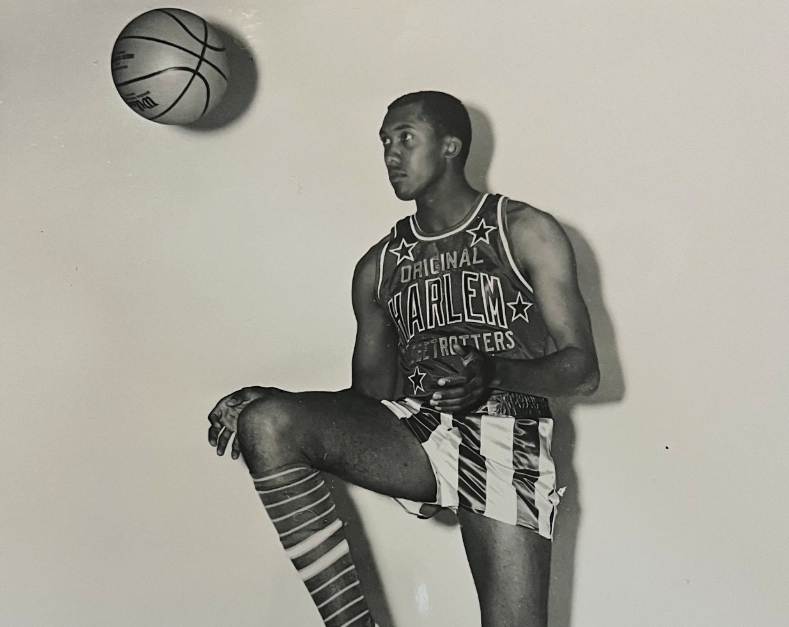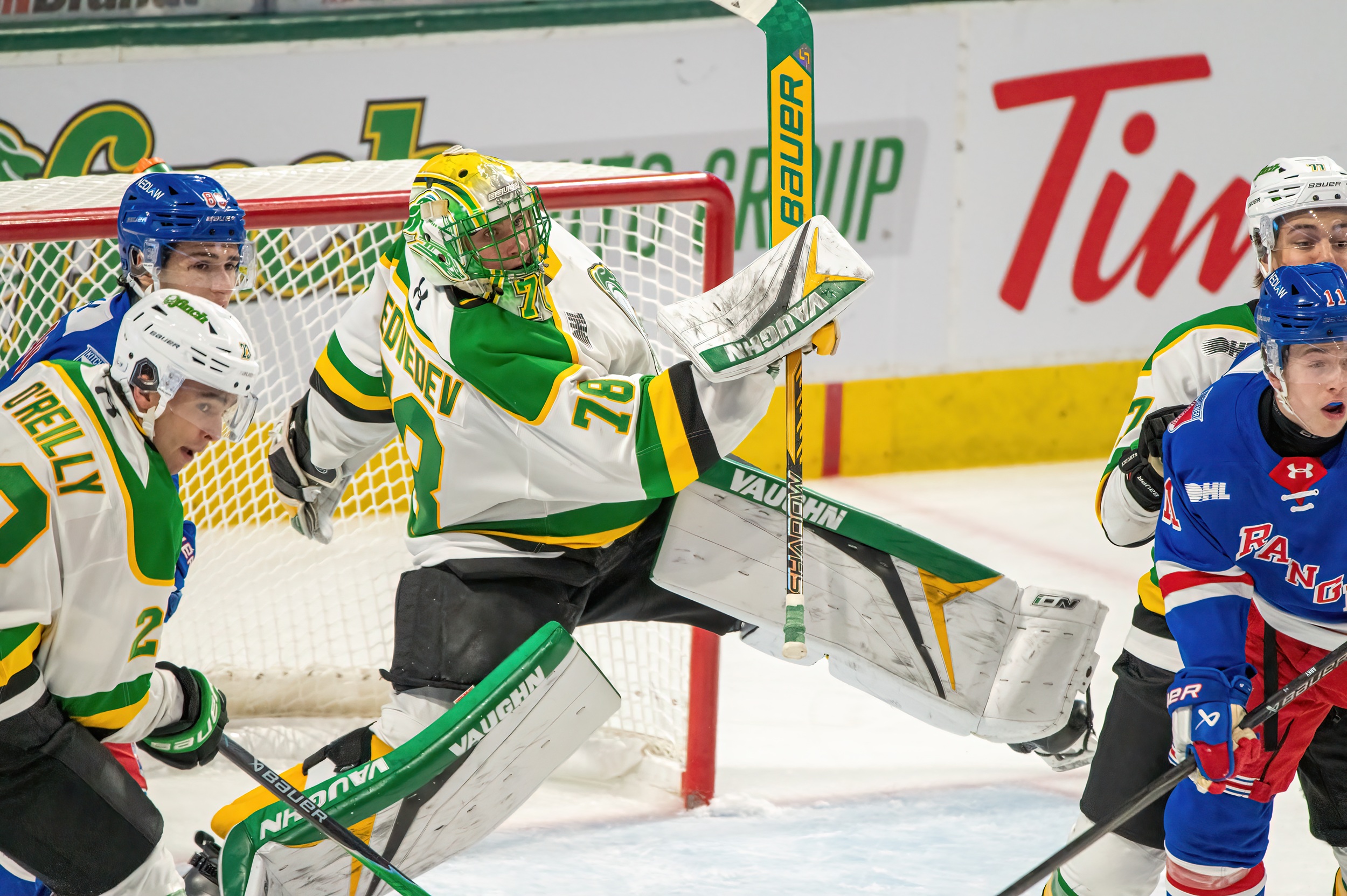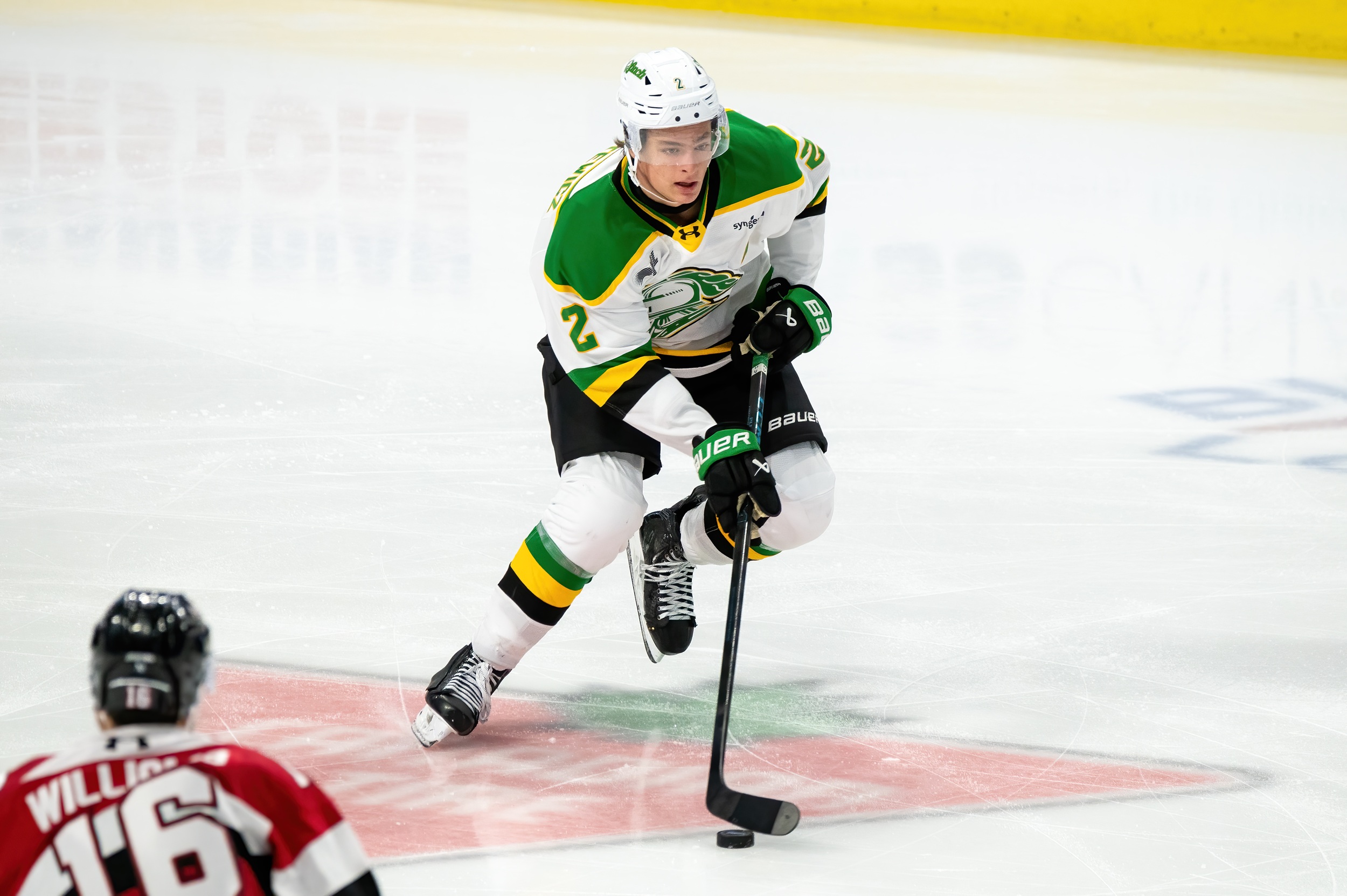|
Getting your Trinity Audio player ready...
|
Hall-of-Fame pitcher Fergie Jenkins, who played two seasons with the London Majors post-retirement, did it all during his athletic career. One of his highlights? Playing for the Harlem Globetrotters.
Fergie Jenkins had just wrapped the best season of his young career, going 20-13 (with an incredible 20 complete games) for the Chicago Cubs with a 2.80 ERA and 236 strikeouts. It was the kind of breakout performance that signals a star in the making.
So, it’s no wonder the future Hall of Famer’s mind turned to basketball almost immediately …
* * *
As the 1967 season wrapped up, the Harlem Globetrotters marketing team made the short trip from their Michigan Avenue offices to Wrigley Field to ask the then 24-year-old Jenkins if the multi-sport athlete might be interested in joining the team on tour during the baseball offseason.
If Jenkins was heading back to Canada anyway, they thought, why not tag along for a few dozen games, playing in Canadian cities from Montreal, Sherbrook and Three Rivers, all the way down to his hometown of Chatham, and then to Windsor and a couple of games in Detroit.
“They knew I could play the game,” said Jenkins, who played high school basketball, followed by a season with the independent Ontario Cagers. “Guess I did OK. They ended up extending me to almost 40 games that first year.”
Sport was a family affair for Jenkins, whose parents were both athletes. His father, Ferguson Jenkins Sr., played for the famed Chatham Coloured All-Stars during the 1930s. The junior Ferguson loved three sports – hockey, basketball, and baseball, in that order.
The 6-foot-5 Jenkins started his baseball career playing first base, but soon switched to pitcher when a Philadelphia Phillies scout helped the then 15-year-old develop his game in high school. (Legend has it that Jenkins honed his pitching skills by throwing pieces of coal at targets between the gaps of passing freight-train cars.)
Turns out, baseball was a right idea: 284 wins. 3,192 strikeouts. A Cy Young Award (1971). A 19-year MLB career. He was elected into the Baseball Hall of Fame in 1991.
But in addition to a lifetime of success on the diamond, Jenkins still fondly remembers a three-year run on the hardwood among the game’s brightest stars.

* * *
OK, I probably don’t need to introduce the Harlem Globetrotters to you, but abide this short bio:
Founded in 1926 by Abe Saperstein, the Harlem Globetrotters have been goodwill ambassadors for the game from the start. The squad has entertained more than 148 million fans in 123 countries and territories worldwide, introducing many to the sport of basketball.
On Thursday (Feb. 1), the Globetrotters bring the latest generation of this 97-year-old tradition to Budweiser Gardens.
The team has been a pioneer in popularizing the slam dunk, the fast break, the forward and point guard positions, and the figure-eight weave. They have been the subject of two feature films and numerous television shows, including two animated series in the 1970s. In honor of their entertainment value, the Globetrotters were awarded a star on the Hollywood Walk of Fame, made the subject of a permanent exhibit at the Smithsonian Institute, and inducted into the Basketball Hall of Fame in 2002.
Jenkins stepped into that legacy in 1967.
“I got to play with some of the greats – Curly Neal, Meadowlark Lemon, Leon Hillard, Showboat Hall, Geese Ausbie. These were some of the original Globetrotters who started the whole thing,” Jenkins said. “They welcomed me in. They were entertainers playing a game and really enjoying it.”
Following the baseball season, Jenkins started with the team in early October, rolling through the end of January when he would return to Chatham and start preparing for spring training.
From his first game in Montreal, Jenkins was already a draw – a headline guest star featured in the press release before he played a minute.
“The hype just kept building, building, building as we headed to Hamilton, Peterborough, Toronto. A lot of these cities I played a little baseball and a little hockey in. So, I enjoyed that part of it, knowing that I was helping with the promotion.”
Jenkins played the third quarter every night of his leg of the tour. In fact, his entrance was part of the show. Here’s how it worked:
As the third quarter started, Curly Neal announced to the crowd, “Let’s play baseball!” Neal squatted down as catcher with Bobby Joe Mason throwing a couple of pitches – with a basketball. As each pitch sailed high and outside, a ‘frustrated’ Neal would then shout, “You can’t pitch. But we got a 20-game winner on our bench. Ladies and gentlemen, Ferguson Jenkins!” That’s when Fergie ripped off his warmup, took the court and proceeded to surrender a ‘home run’ to, who else, Meadowlark Lemon.


Jenkins joined in other gametime antics, as well, with skits involving referees, opponents, and running the team’s famed figure eight drill. You may remember them: Weighted ball. Deflated ball. Confetti water bucket.
Jenkins played 15 minutes each night – “and it kept me in pretty good shape running up and down the court during the offseason.”
Basically, he was a fast-break guy who might score two or three baskets in a game. It was a fun situation – but one that almost came to an end in Chicago in 1967. For that game, Jenkins had handed out tickets to Cubs teammates and front office types to enjoy the show.
He played a particularly energic and hard-nosed game that night and scored 12 points.
A surprised – and, most likely, nervous – front office approached their ace pitcher after the game. “’We didn’t think you were playing! We just thought you were going be the pitcher who gave up the home run to Meadowlark,’” Jenkins remembered with a laugh.
He assured them this was not an everyday occurrence, as his teammates were feeding him the ball for a return to his adopted hometown.
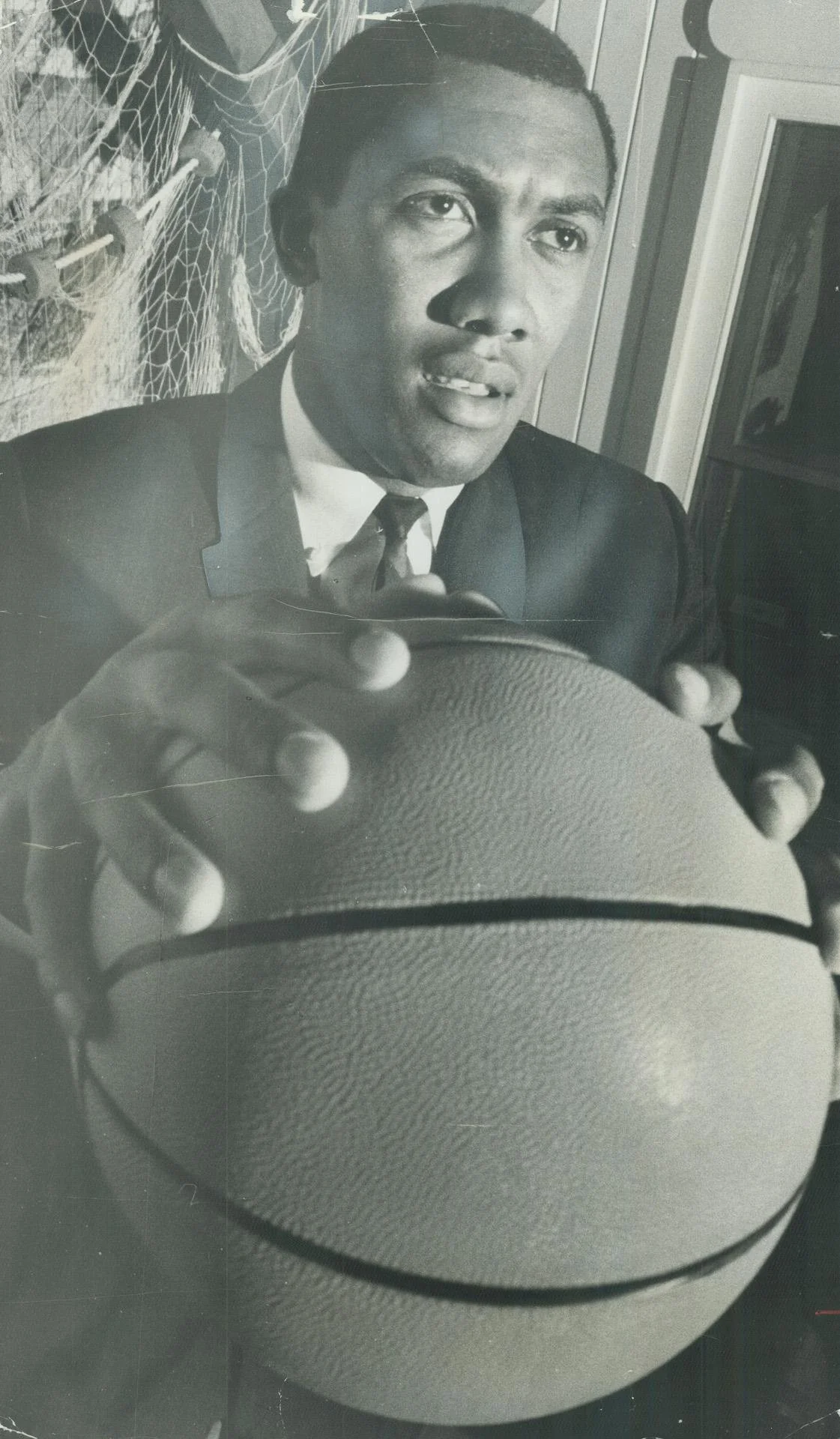
* * *
Life as a Globetrotter was as fun as it sounds.
In the late-1960s, people noticed when 12 tall, well-dressed Black men rolled into town on a bus, or passed through their city’s airport. The fan attention they drew never failed to amaze Jenkins – not exactly a guy unaccustomed to crowds. Curly Neal and Meadowlark Lemon were among the most famous basketball players in the country.
“When the bus got into town, especially in the afternoon, it was like the Pied Piper and fans followed the bus to the hotel where we were staying,” he said.
“The Globetrotters were a draw. People just loved to see them. They were world-renowned basketball stars. Our appearances would be played up in one of the newspapers or on TV. You have to remember that the Globetrotters at that time were as popular as any sports team playing today.”
Travel was by buses – Globetrotters in one, the Washington Generals (their longtime beaten-down opponent) in the other. “We never lost to them,” Jenkins laughed.
Jenkins was around when the team adopted its famous red-and-white striped ball full time. He also watched loosely at how the team perfected its complex, creative, and seemingly impossible array of on-court tricks – feats that required skill and showmanship.
These shots were a practiced art, Jenkins explained. Arriving in a new city, he would watch these ‘Clown Princes’ of the game during shootarounds a few hours before tipoff. As Jenkins worked on his jumper, others were working on routines.
“That was the entertainment part of it – all the different tricks,” he said. “I saw Curly Neal make a shot by dropkicking the basketball twice in one night. People just think that’s common, but I watched him practice it one afternoon. The shots they did were incredible: Meadowlark from 40 feet out and bank it in. That’s skill. I watched them practice those shots.”
For the most part, it was a different city every night for the team, except for some of the bigger cities. In New York, for example, the Globetrotters would play three nights in Madison Square Garden.
New York, Jenkins remembered, was always special.
“These guys look forward to The Garden. That was the Mecca of basketball at the time. Meadowlark, especially, would turn out for that one. His tricks were on cue. It was incredible playing front of big audiences, 15 or 16 thousand people a night. The Globetrotters were a popular group. They had a pretty good fan base in New York who wanted to see them play.”
Jenkins didn’t make many international trips with the squad, mainly sticking to Canadian and U.S. appearances. Twice, the tour took him to Hawaii, where he played a handful of games on an aircraft carrier.
During down time, his Globetrotters teammates would want to hear baseball stories. Lots of them. “They wanted to hear them all, pitching to Mickey Mantle or Reggie Jackson, things like that.”
His teammates also didn’t mind taking bets on if they could hit him. “I would tell them, ‘Well, hey, if I land a nice strike right there, you may foul it off.”
Many know the Globetrotters thanks to ABC’s Wide World of Sports, one of the most important sports programs of the era. Announcer Howard Cosell – of bad hairpiece and staccato voice fame – promised Jenkins his Globetrotter baseball skit would be featured on the program. But to the disappointment of family and friends he alerted to the appearance, his skit ended up on the cutting room floor.
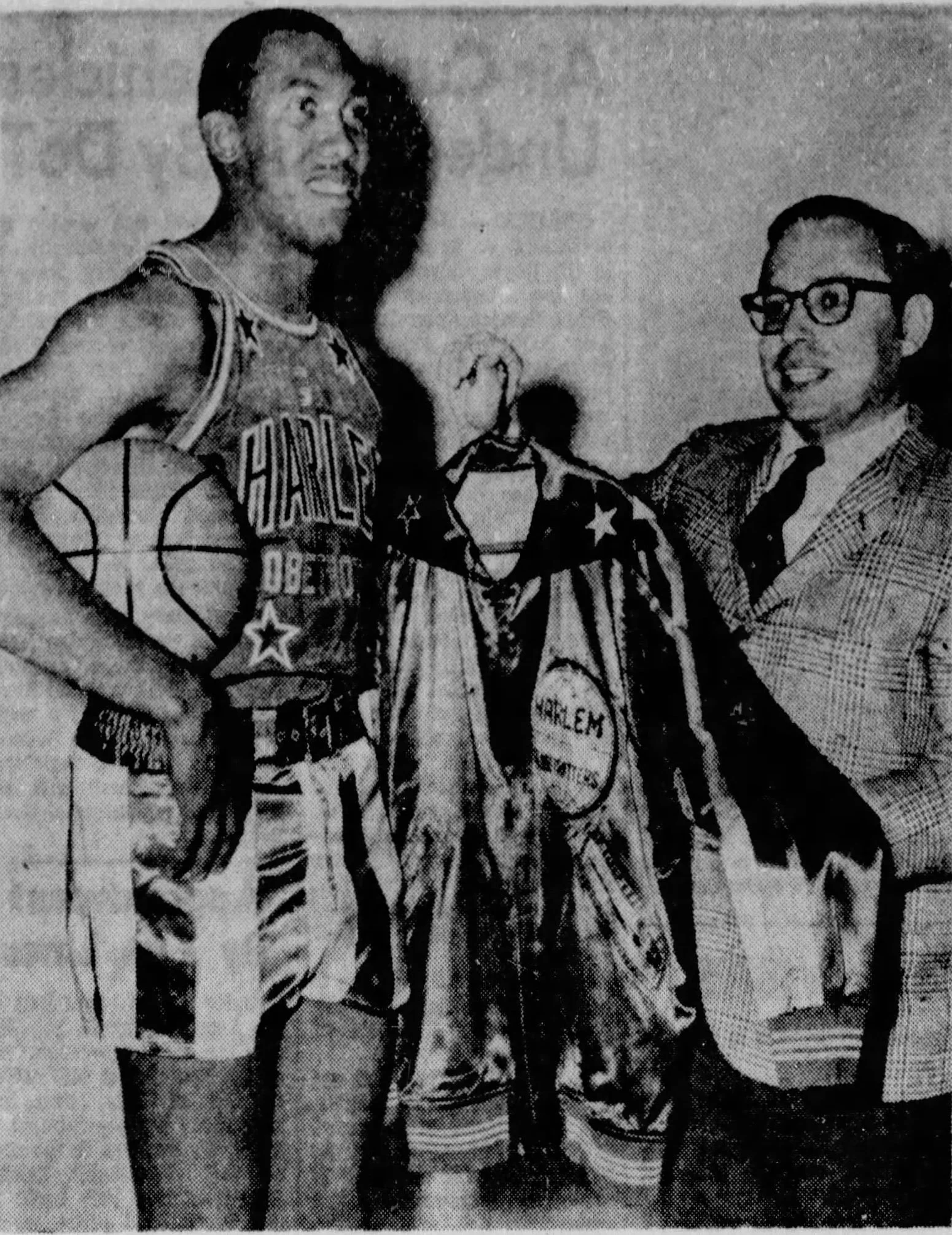
* * *
It’s hard to imagine this kind of crossover now – an athlete in his prime joining what was, essentially, an exhibition tour in the offseason – in a different sport. It was a kind of barnstorming that doesn’t exist for modern athletes.
But in the 1960s and 1970s, some of the biggest names in baseball played with the Globetrotters, from Lou Brock and Ernie Banks, to Satchel Paige and Willie Horton. Many were simply in uniform, only to be introduced to the crowd when they would stand and wave. They wouldn’t see floor time.
But these were hometown promo appearances.
Jenkins, like fellow dominant righty Bob Gibson a decade earlier, actually played for the team.
After three seasons (1967-69), Jenkins walked away from the Globetrotters heading into the 1970 baseball season. “It got to the point where it was taxing, especially in 1969 when we got close with the World Series.”
The experience, however, led to lifelong friendships with some of his teammates.
“It was a fun time. Sitting on the bench, I saw it all up close. These guys were amazing players. Many of them were college All-Americans, but instead of heading to the NBA or ABA, they went to the Globetrotters.”
He continued, “I played a couple of different sports, but I always had a lot of fun playing basketball. Those three seasons were really a lot of fun and the guys that I toured with, they were down to earth, joyful. It was some of the best times I ever had.”

